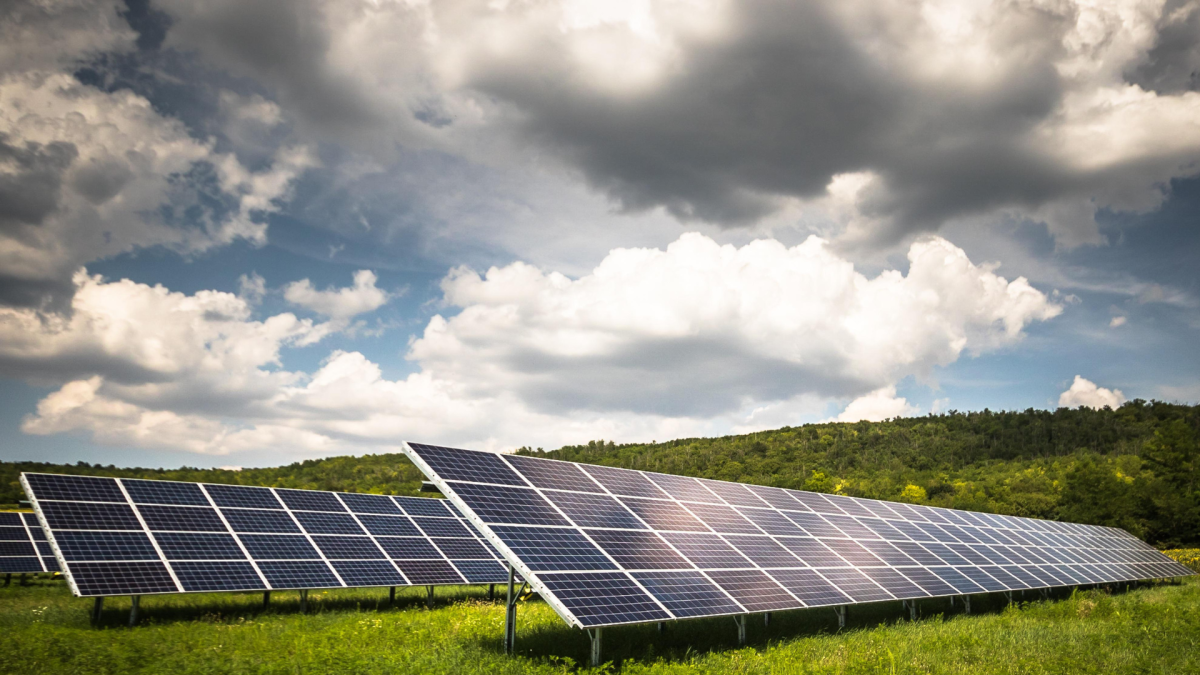
In this article written by Hennie Colyn, direct sales executive, Process Automation at Schneider Electric, the establishment of solar farms continue to grow in South Africa, with Eskom’s renewable statistics page indicating that 2 787MW solar generating power is connected to the grid.
Of this amount of 2 787MW solar generating power connected to the grid, 2 287MW of this capacity is from PV (photovoltaic) plants, while a further 500MW come from concentrated solar plants (CSPs).
However, it’s important to note that solar farms are not a silver bullet solution to South Africa’s energy crisis. While it can play a significant role in addressing the country’s energy needs, it is unlikely to completely replace traditional forms of energy generation soon.
Instead, a combination of renewable energy and traditional energy sources may be the most effective solution. And here, renewable sources such as solar farms must implemented correctly from the get-go to ensure it effectively contributes to the country’s distributed energy resources (DERs) posture.

Enter process automation
With any project there several moving parts and planning that come into play when establishing a solar farm. One is process automation, which forms a vital part in ensuring solar farms are reliable and efficient over a long period of time.
Importantly, process automation reduces solar projects time to market and cost with optimised engineering and design and simpler installation and commissioning that are compliant to grid codes and standards.
This, in turn, maximise revenue and optimise operations with a focus on people and asset safety, system reliability, operational efficiency and security against cyberattacks.
The benefits of process automation and solar farm
To contextualise the important of process automation in the establishment and running of farms, we need to unpack the benefits.
1. Process automation provides insight into how energy is being used and how it can be optimised:
- Tracks how the PV energy produced is consumed by the loads, stored, or injected to the grid.
- Follows and analyses the trends of the PV production alongside the loads’ consumption.
- Calculates economic benefits related to the reduced consumption of energy from the grid.
- Asset management features which include the assessment of PV system performance, detection of drifts or malfunctions, and immediate fault notification.
- PV inverters can affect the power quality of the electrical installation – here process automation can provide information power quality disturbances be measured and followed, especially harmonics and unbalance.
2. Process automation provides insight into grid-connected PV production and offer the following important control functions:
- Limiting PV production to avoid injection of power to the grid.
- Managing power factor at the point of grid connection to avoid penalties.
- Shifting loads to the period of PV production to maximise self-consumption.
- Participating in demand response, especially when storage or generators are also part of the installation.
Lastly, together with advanced cloud-based analytics, solar plant can benefit from the optimised usage of local electricity production, which generates additional economic savings.
By considering complementary criteria such as changing electricity tariffs, weather forecasts, and expected consumption, advanced analytics provide the optimal system configuration.

